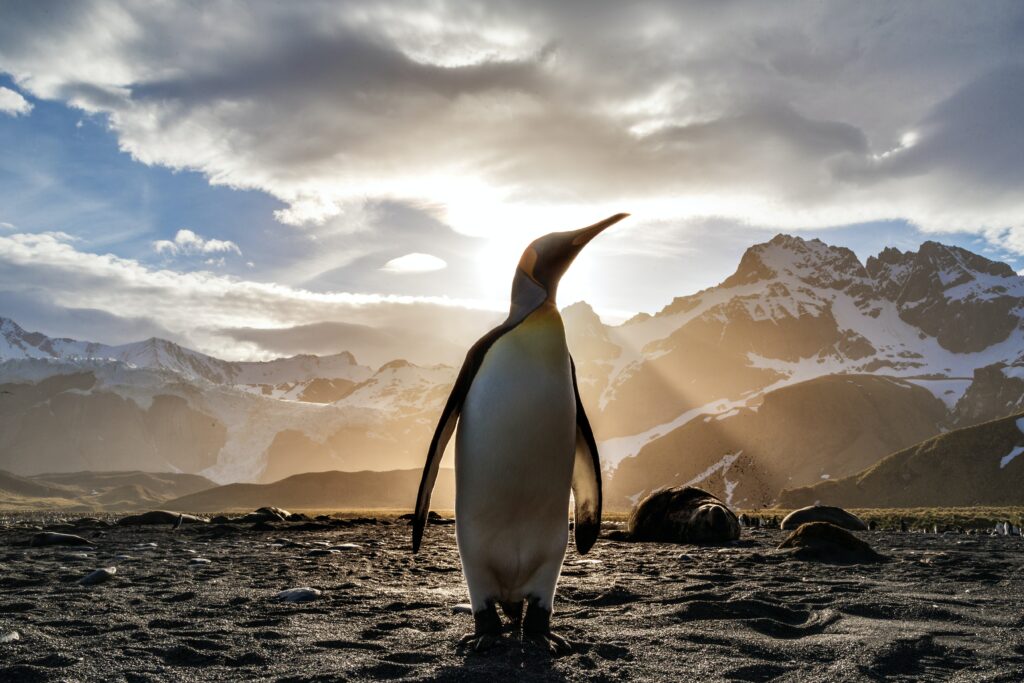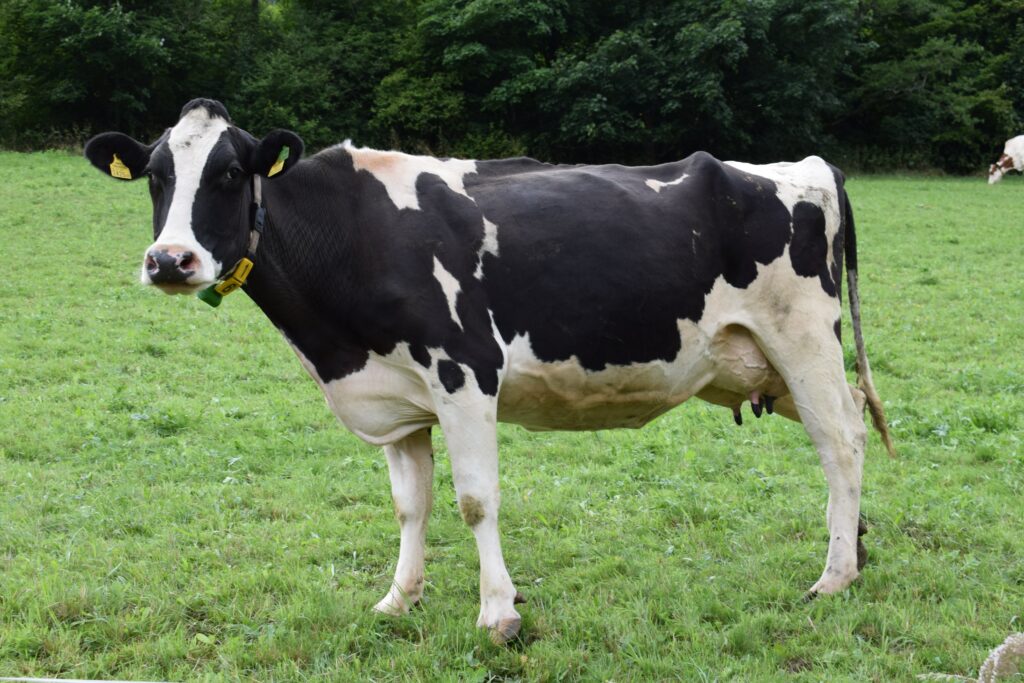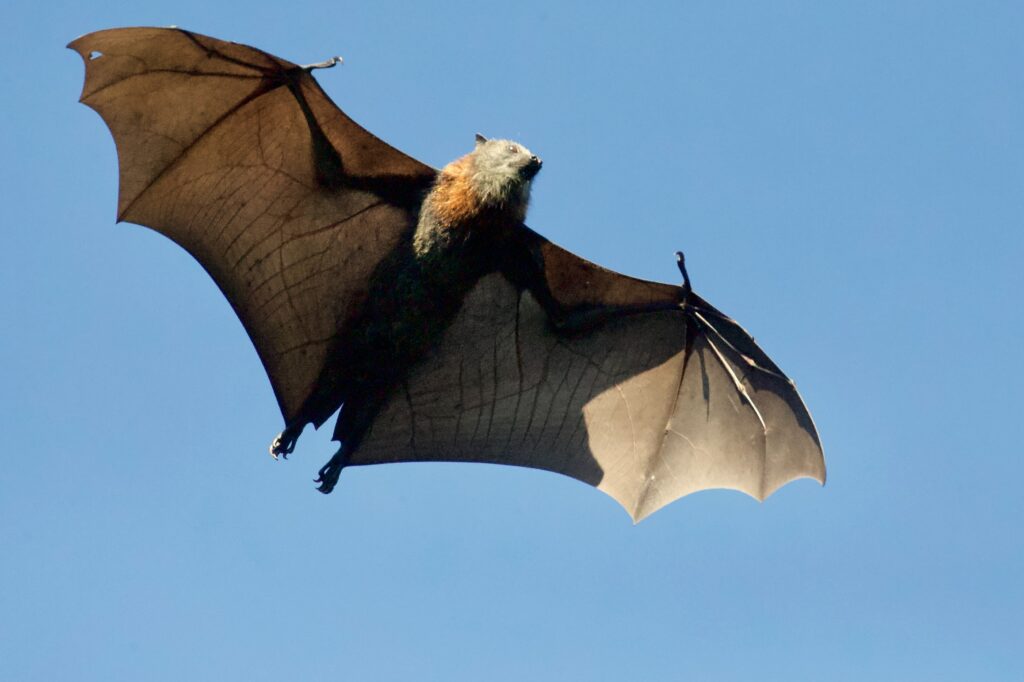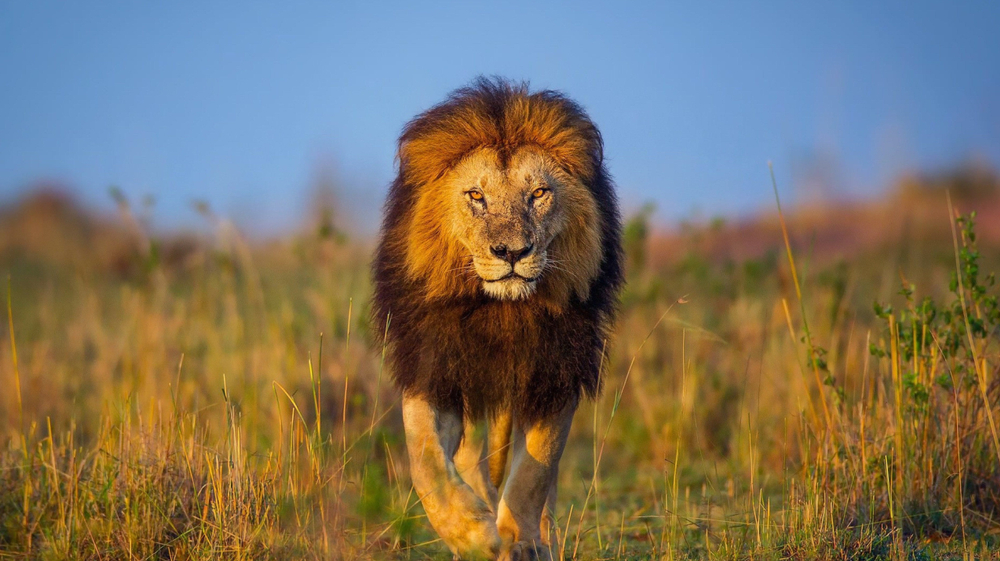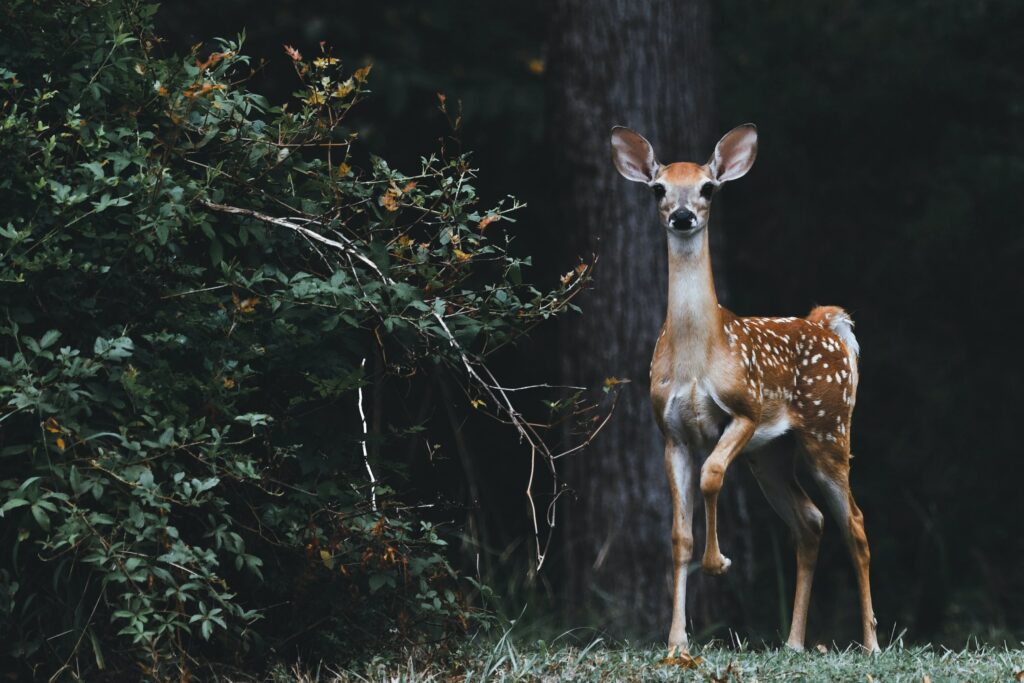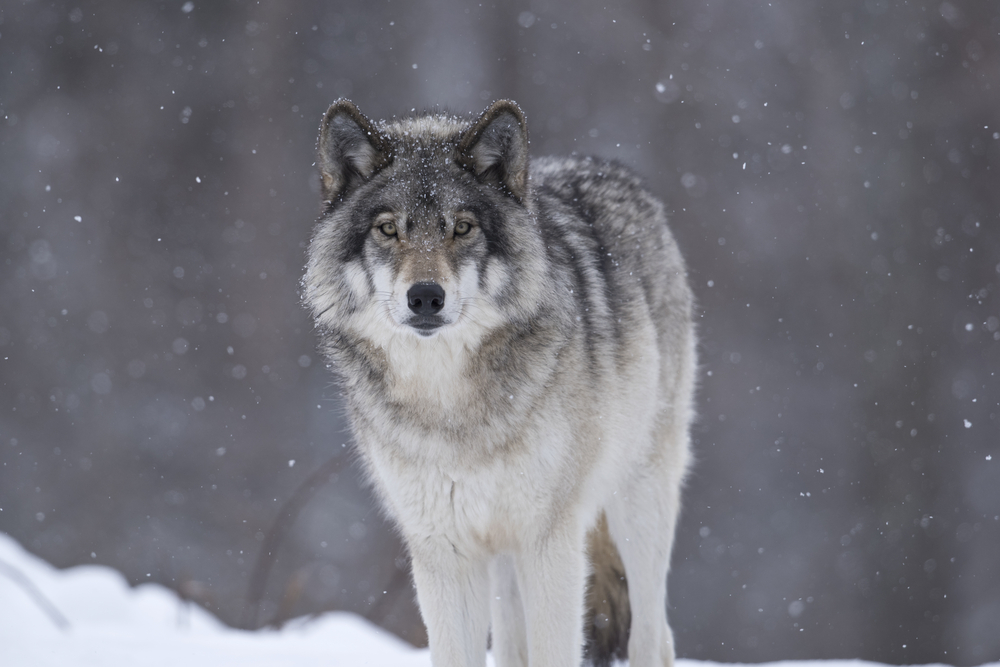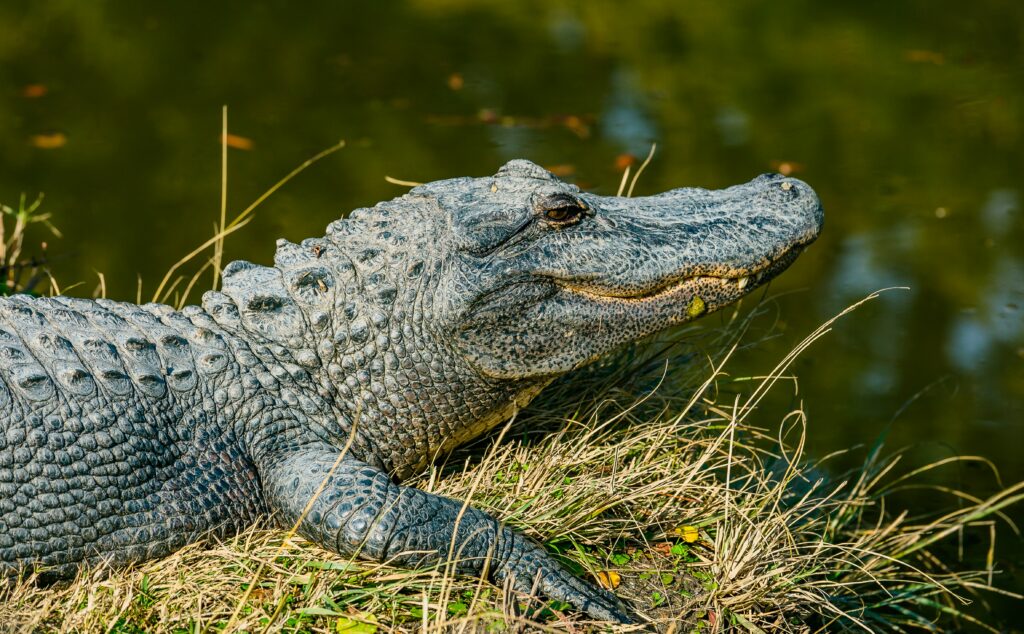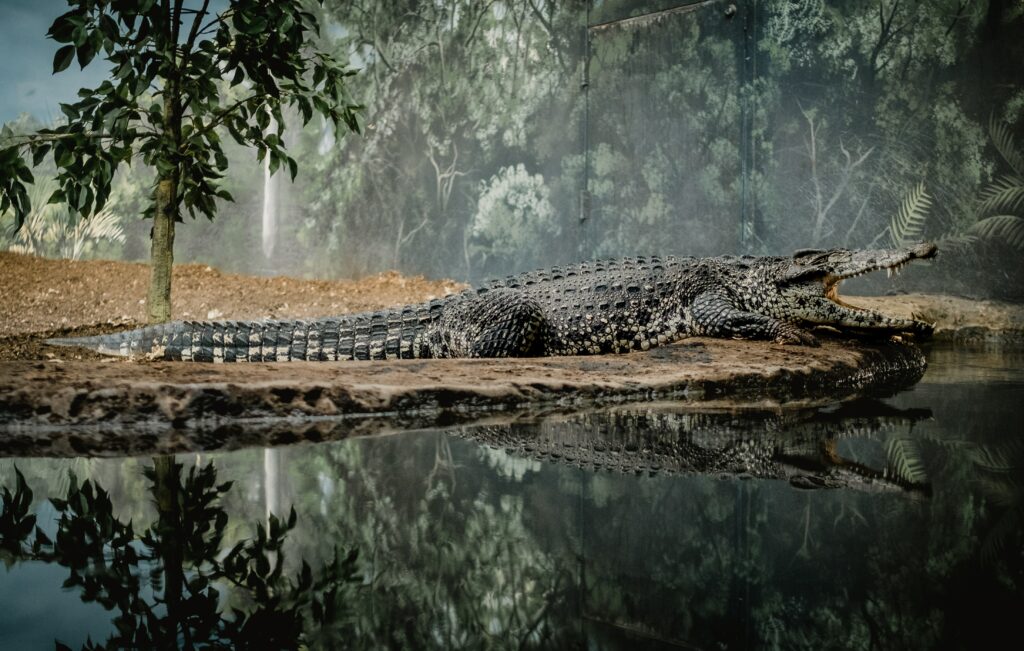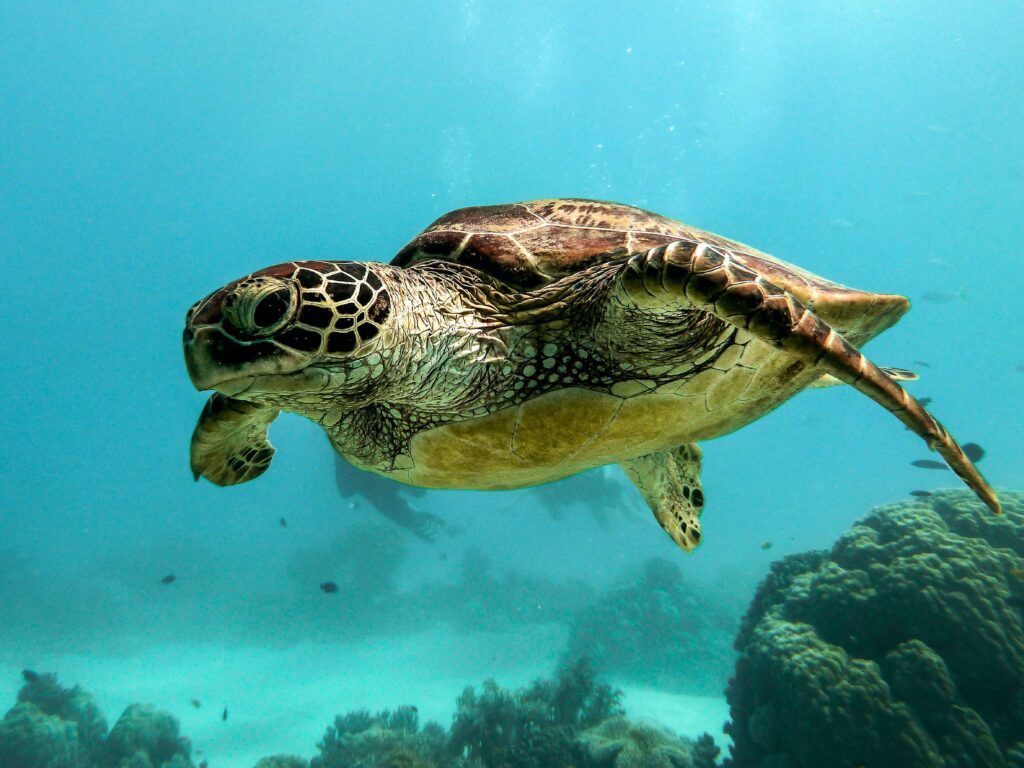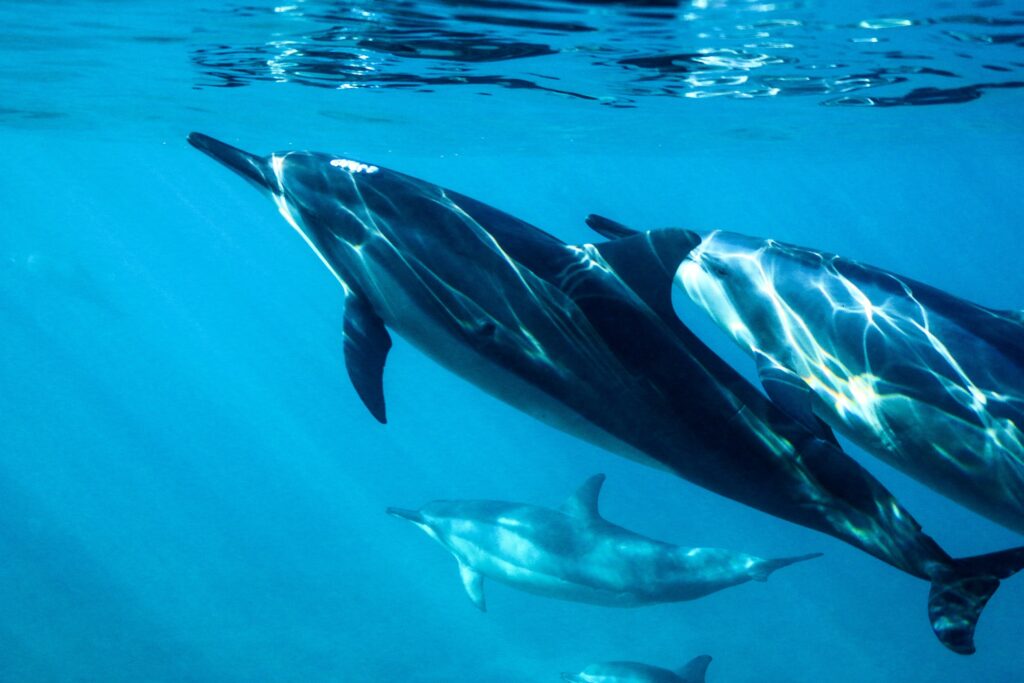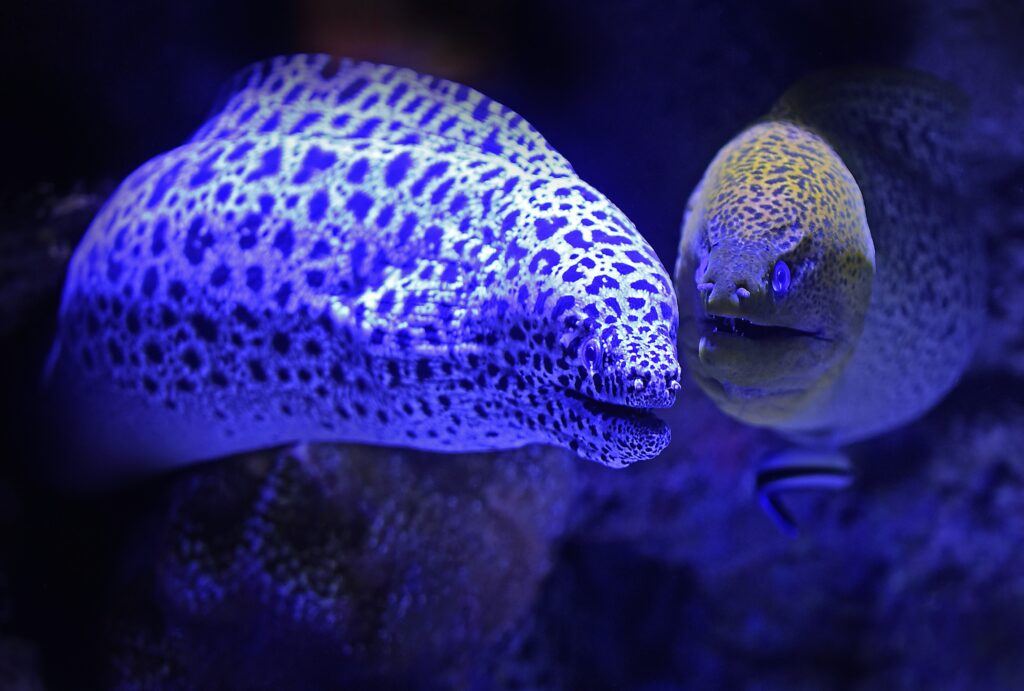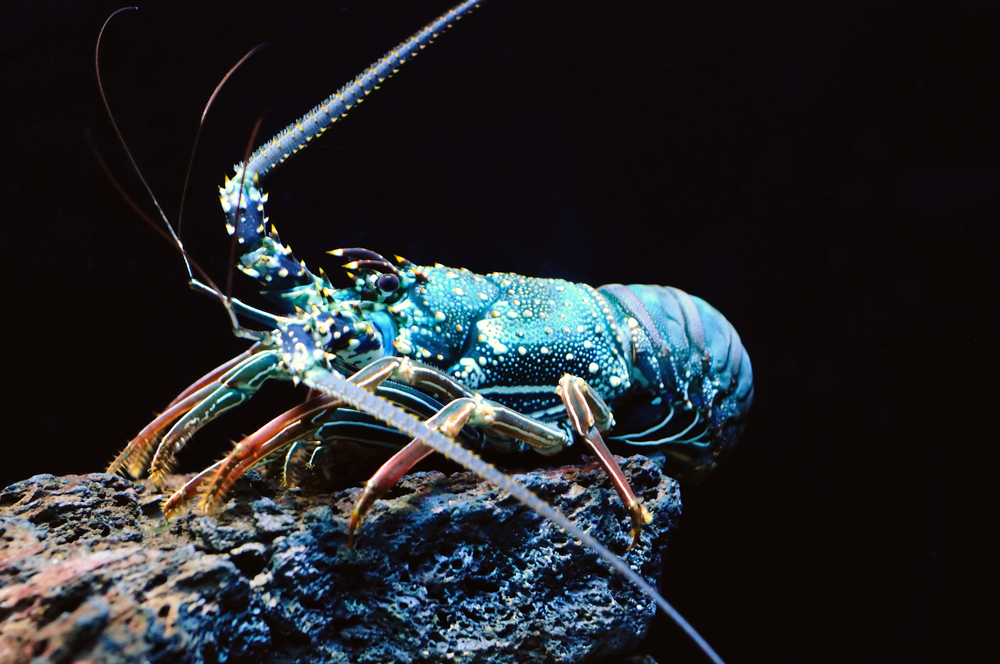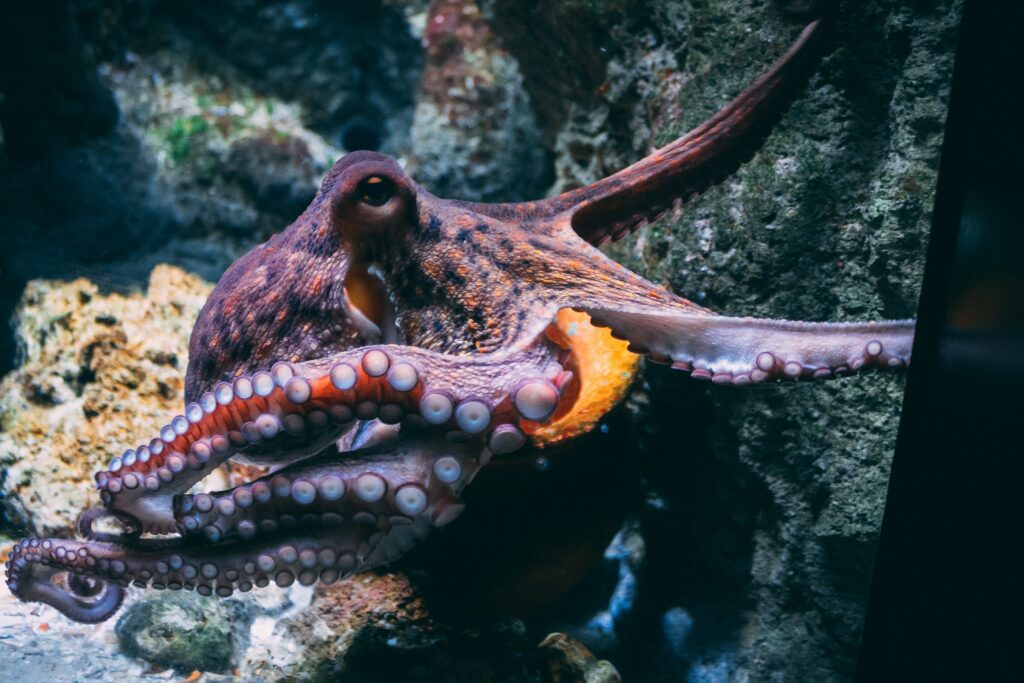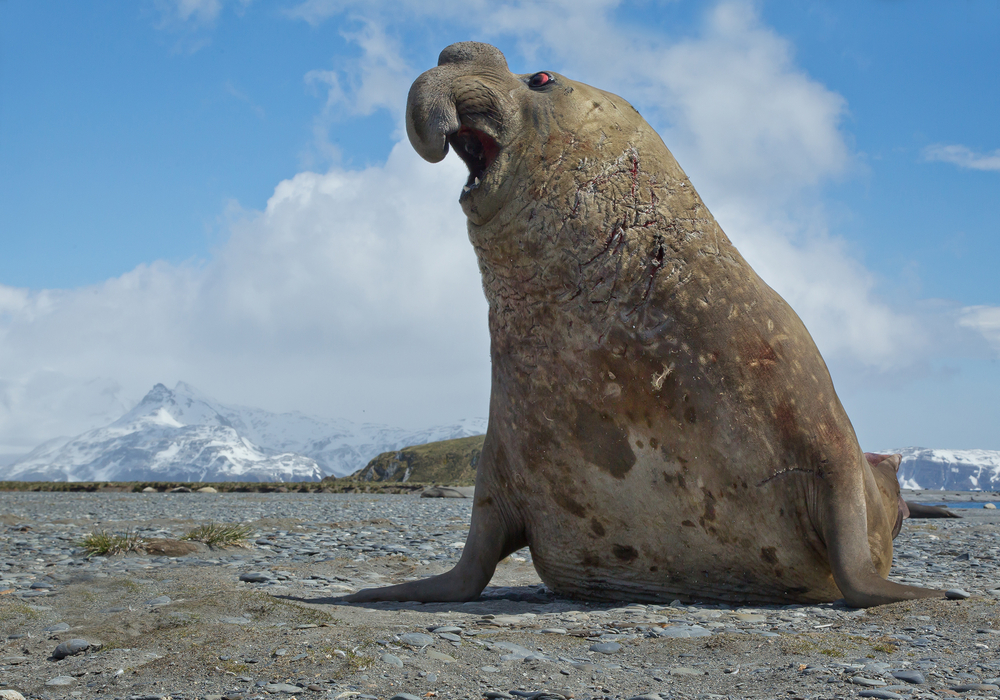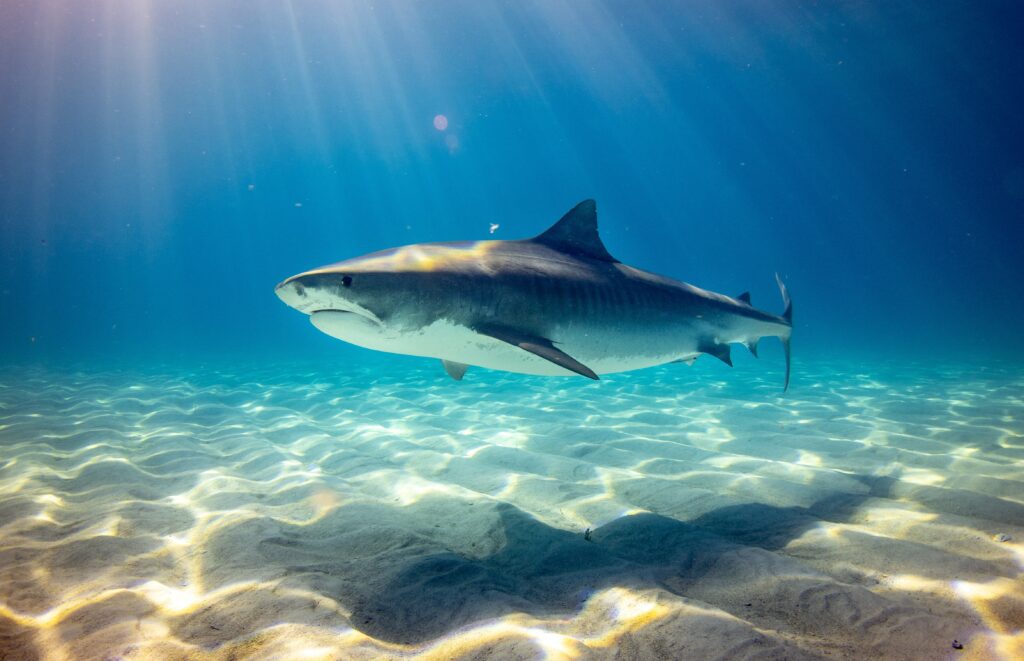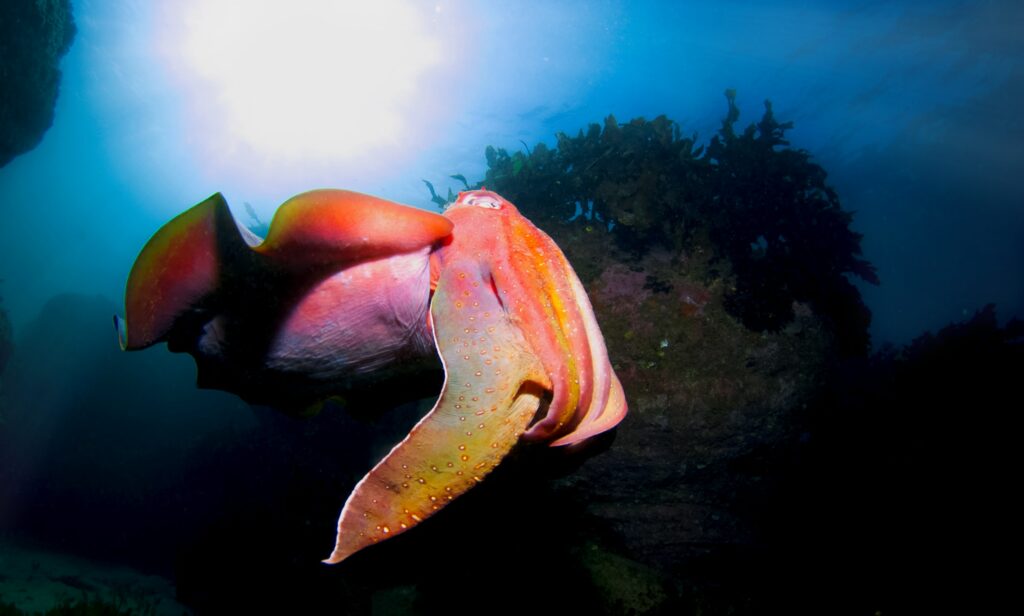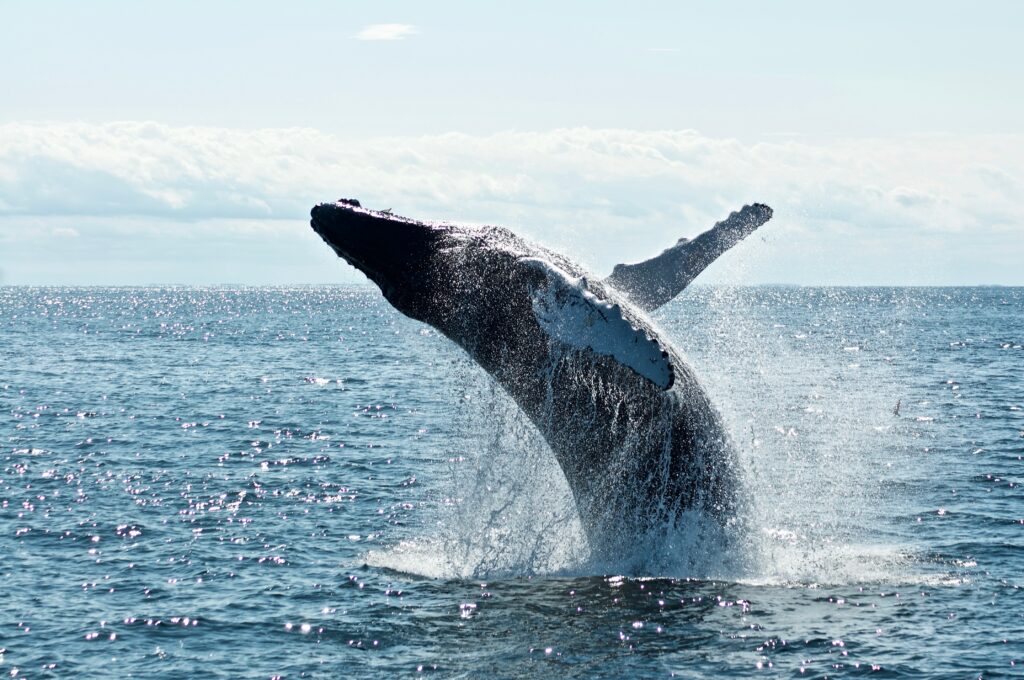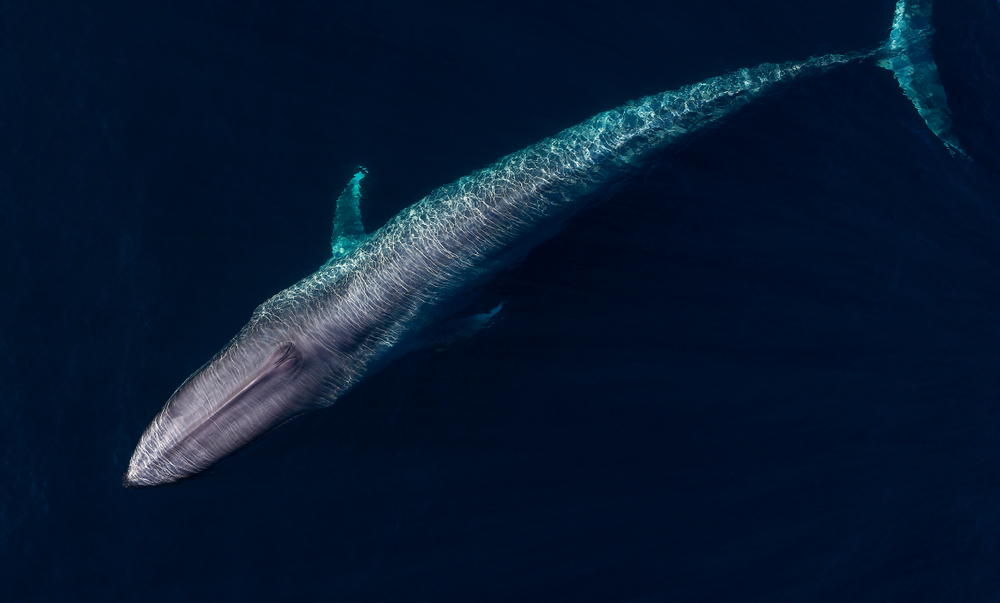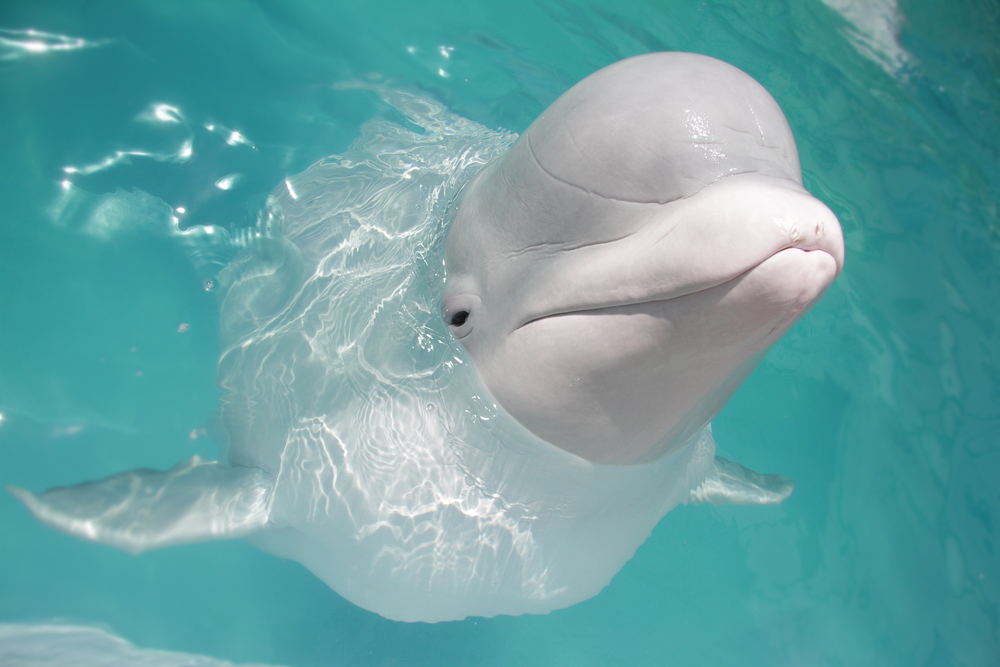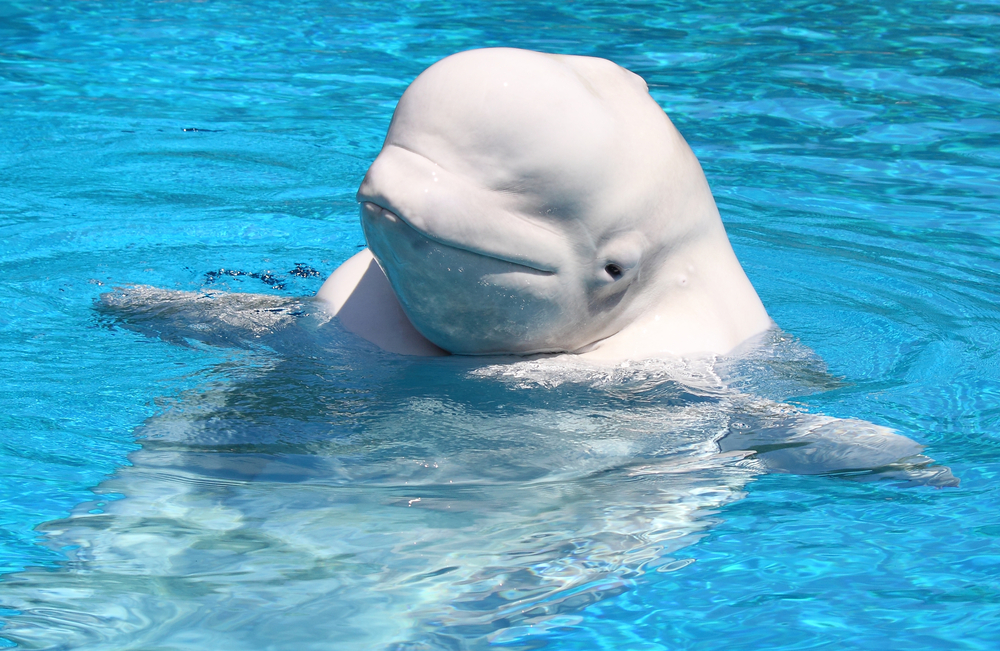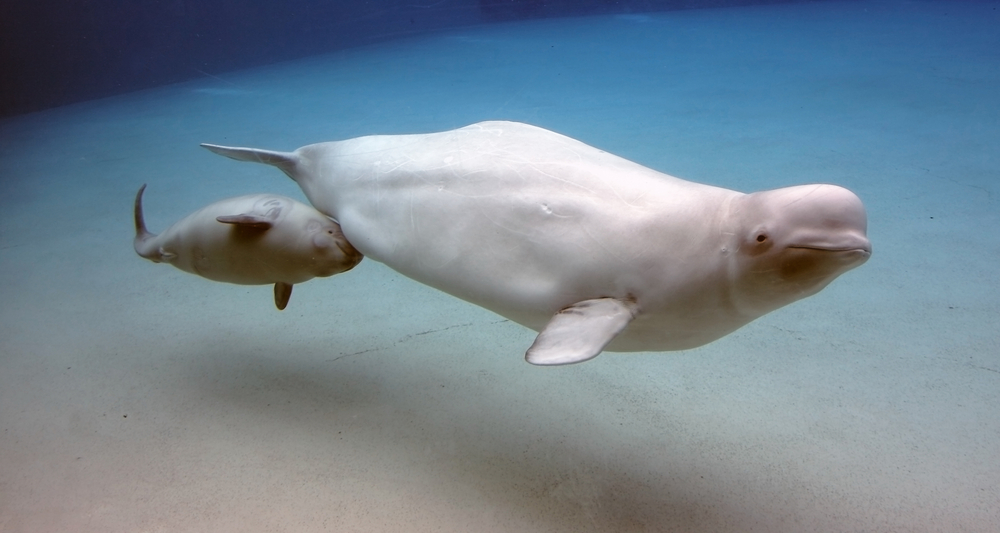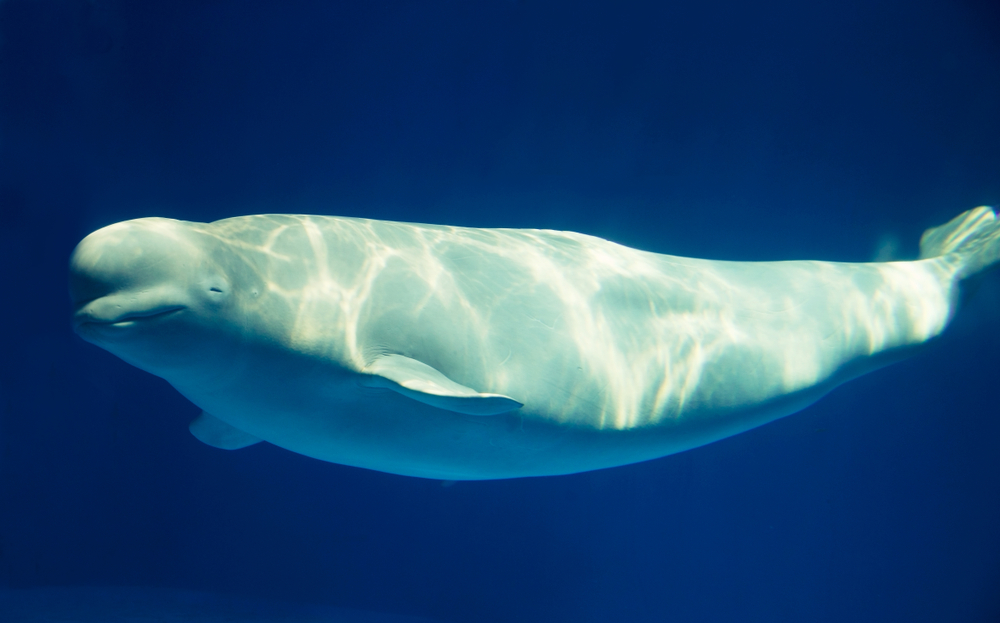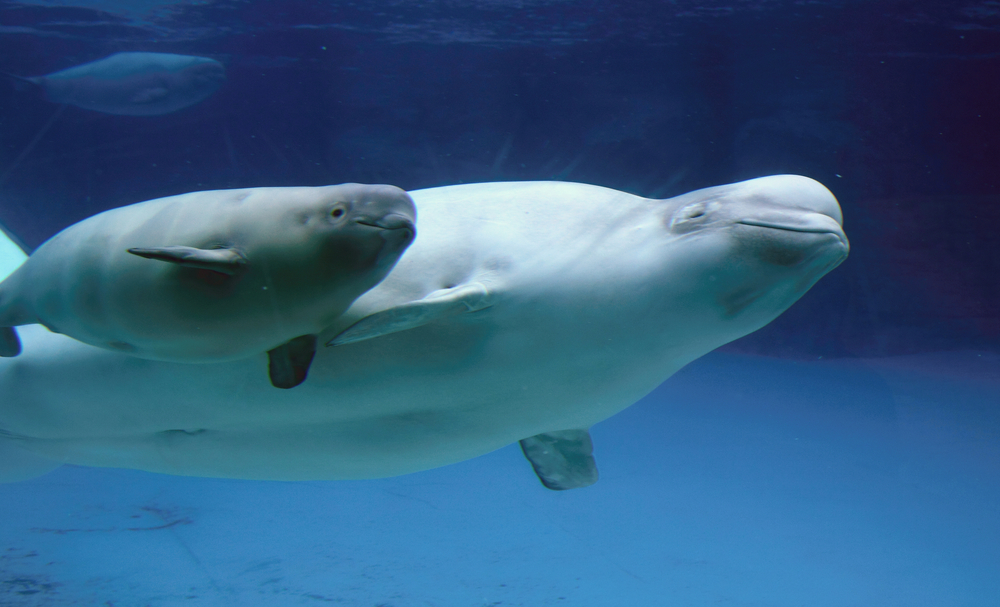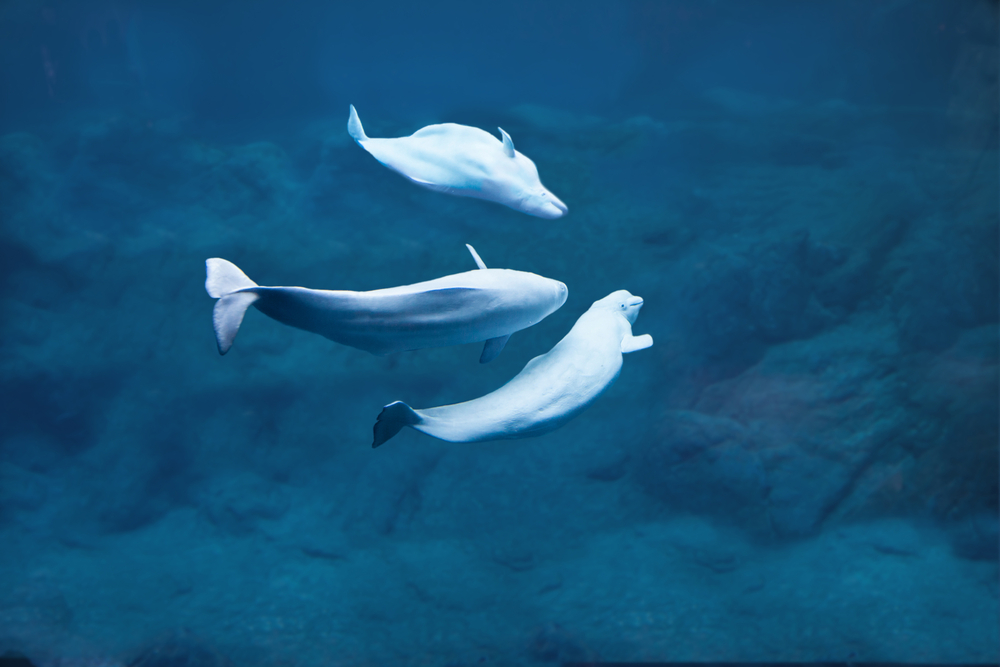Beluga whales are known to swim at speeds of up to 9 km/h (5.6 mph) on average, but they can reach speeds of up to 20 km/h (12.4 mph) when necessary, such as during escape from predators or chasing prey. However, their cruising speed is typically slower, around 2 to 6 km/h (1.2 to 3.7 mph).
About
The Beluga Whale, scientifically known as Delphinapterus leucas, is a charismatic and distinctive marine mammal known for its striking appearance and sociable behavior. Belonging to the family Monodontidae, which includes only two extant species of whales, the Beluga Whale occupies a prominent position in the Animal Kingdom as an iconic inhabitant of the Arctic and sub-Arctic seas.
Beluga Whales are easily recognizable by their unique physical features, including their pure white coloration and prominent forehead, known as a melon, which lacks a dorsal fin. They have a robust body shape and a flexible neck that allows them to move their heads in various directions. Belugas possess a flexible neck, allowing them to turn their heads from side to side and up and down, facilitating navigation in icy waters and aiding in communication with other whales.
The beluga whale inhabits cold, Arctic, and sub-Arctic waters, including coastal areas, estuaries, and shallow bays. They are highly social animals, often found in small pods or groups composed of individuals of all ages and sexes. Belugas are known for their vocalizations, which include a diverse range of clicks, whistles, and chirps used for communication and echolocation in their underwater environment.
Beluga Whales are opportunistic feeders, consuming a varied diet consisting primarily of fish such as cod, herring, and capelin, as well as squid, shrimp, and other invertebrates. They use echolocation to locate prey in the water column and are capable of diving to considerable depths in search of food. Belugas often forage in areas where sea ice is present, exploiting openings or cracks to access prey.
Conservation Status
The conservation status of the Beluga Whale varies among different populations, with some populations classified as least concern and others facing threats such as habitat loss, pollution, climate change, and anthropogenic disturbances. While overall populations are relatively stable, certain subpopulations are declining due to human activities such as hunting, habitat degradation, and noise pollution. Efforts to monitor and conserve Beluga Whales are ongoing, including habitat protection measures, sustainable management of fisheries, and reduction of anthropogenic impacts. The Beluga Whale is listed as near threatened on the International Union for Conservation of Nature (IUCN) Red List, highlighting the importance of continued conservation efforts to ensure the long-term survival of this iconic species
Physical Characteristics
The Beluga Whale (Delphinapterus leucas) is a distinctive species known for its unique physical characteristics, perfectly suited for life in Arctic and sub-Arctic waters:
Size and Weight:
- Length: Beluga whales typically measure between 13 to 20 feet (4 to 6 meters) in length.
- Weight: Adults can weigh anywhere from 1,500 to 3,500 pounds (680 to 1,590 kilograms), with females generally being smaller than males.
Physical Characteristics:
- White Coloration: Belugas are easily recognizable due to their striking pure white coloration, which provides effective camouflage in icy Arctic waters.
- Rounded Forehead: They possess a distinctive, rounded forehead, known as a melon, which aids in echolocation and sound production.
- Lack of Dorsal Fin: Unlike most whale species, belugas lack a dorsal fin, allowing them to navigate efficiently under ice-covered areas.
- Flexible Neck: Belugas have a flexible neck that allows them to turn their heads in all directions, essential for maneuvering through icy waters and catching prey.
- Small Flippers: They have relatively small, paddle-shaped flippers compared to other whale species, which help them navigate narrow passages and shallow waters.
These unique physical adaptations make the Beluga Whale well-suited to its cold Arctic environment, where it thrives alongside other marine mammals in one of the most extreme habitats on Earth.
Reproduction
Beluga Whales (Delphinapterus leucas) have a distinct reproductive cycle that is characterized by specific behaviors and physiological processes:
- Mating and Courtship:
- Mating typically occurs in late winter to early spring. During this period, males may engage in competitive behaviors and vocalizations to attract females.
- Courtship behaviors include close swimming, vocal communications, and gentle body contact.
- Gestation:
- The gestation period for beluga whales lasts approximately 12 to 14.5 months (about 365 to 440 days). This extended gestation allows for the development of the calf, ensuring it is born well-adapted for survival in the cold marine environment.
- Birth and Maternal Care:
- Beluga whales usually give birth to a single calf, though twins are extremely rare. Births tend to occur in the warmer summer months, from June to September, when the ice has receded, and conditions are more favorable.
- At birth, calves are about 4 to 5 feet long (1.2 to 1.5 meters) and weigh around 100 to 150 pounds (45 to 68 kilograms). They are dark gray in color and will lighten as they age.
- Newborns are entirely dependent on their mothers for nutrition and protection. Calves nurse on rich, fatty milk and may continue to do so for up to 2 years, although they begin to eat solid food after a few months.
- Infant Development:
- The strong bond between mother and calf is crucial for the calf’s survival and learning. Mothers teach their young essential skills for navigating and foraging in their Arctic and sub-Arctic habitats.
- Sexual Maturity:
- Beluga whales reach sexual maturity at different ages; females typically mature between 4 to 7 years, while males reach maturity around 7 to 9 years of age.
Beluga whales have a slow reproduction rate, with females giving birth once every 3 to 5 years. This low fecundity, combined with threats from habitat degradation, pollution, and climate change, underscores the importance of conservation efforts for this species.
Lifespan
Beluga Whales (Delphinapterus leucas) exhibit notable longevity, with lifespans varying significantly between those living in the wild and those in captivity:
- Lifespan in the Wild:
- In their natural habitats, beluga whales can live for 35 to 50 years. There are records of individuals reaching up to 60 to 70 years, although this is less common.
- Lifespan in Captivity:
- In captivity, the lifespan of beluga whales can be shorter, with many living between 20 to 30 years. However, improvements in care have enabled some individuals to reach their natural lifespan.
- Biggest Threats:
- Climate Change: Shifts in sea ice patterns affect the beluga’s Arctic habitat, impacting their migration, feeding, and breeding behaviors.
- Pollution: Contaminants in the ocean, including heavy metals and organochlorines, accumulate in belugas, affecting their immune and reproductive systems.
- Industrial Activities: Oil and gas exploration, increased shipping traffic, and noise pollution disrupt beluga communication, and navigation, and can lead to strandings.
- Hunting and Bycatch: While commercial hunting has decreased, subsistence hunting by indigenous peoples continues. Bycatch in fishing gear also poses a significant threat.
- Habitat Degradation: Industrial development along coastlines can destroy or degrade the beluga’s natural habitat, affecting their feeding and breeding areas.
Conservation efforts for beluga whales focus on mitigating these threats through habitat protection, pollution control, and regulations on hunting and industrial activities. Understanding and addressing the challenges faced by belugas in both wild and captive environments are crucial for ensuring their long-term survival and welfare.
Eating Habits
Beluga Whales (Delphinapterus leucas) have diverse and opportunistic feeding habits, reflecting their adaptation to the rich but variable environments of the Arctic and sub-Arctic waters:
- Diet:
- Beluga whales primarily consume a diet of fish, crustaceans, and cephalopods. Their prey includes salmon, capelin, herring, shrimp, squid, and other marine invertebrates.
- The specific composition of their diet can vary significantly depending on their geographical location and the season, adapting to the availability of prey.
- Foraging Behavior:
- Belugas employ a variety of foraging techniques to locate and capture their prey. They are known to dive to depths of up to 2,300 feet (700 meters) in search of food, although most of their feeding occurs in shallower waters.
- They use echolocation, emitting a series of clicks and listening for the echoes that bounce back from objects, including potential prey. This sophisticated biological sonar allows them to navigate and hunt in the often dark and murky waters of their habitat.
- Belugas are also observed to forage in groups, using cooperative strategies to herd fish into concentrated areas, making it easier to catch them.
- Feeding and Migration:
- The feeding habits of belugas are closely linked to their migratory patterns. In the summer, they move to coastal waters, estuaries, and river mouths, which are rich feeding grounds. In the winter, as ice forms and prey species move to deeper waters, belugas may migrate to offshore areas but continue to feed beneath the ice.
Beluga whales’ ability to adapt their feeding strategies to the changing conditions of their Arctic and sub-Arctic habitats is a key factor in their survival. However, changes in the availability of prey species due to climate change, pollution, and overfishing pose potential challenges to their feeding habits and overall health.
Uniqueness
Beluga Whales (Delphinapterus leucas) are distinguished by several unique characteristics that set them apart from other marine mammals:
- Distinctive Coloration: Adult belugas are easily recognizable by their pure white color, a trait that develops with age, as calves are born gray and gradually lighten over several years. This white coloration serves as camouflage in their icy Arctic habitat.
- Lack of Dorsal Fin: Unlike many other cetaceans, belugas do not have a dorsal fin. Instead, they possess a dorsal ridge that aids in breaking ice in their Arctic environment. The absence of a dorsal fin reduces heat loss in cold waters and facilitates movement under ice.
- Highly Flexible Neck: Belugas have a unique skeletal structure in their neck, with unfused cervical vertebrae, allowing them to turn their head in all directions. This flexibility is unusual among whales and enables them to have better maneuverability and the ability to express body language.
- Echolocation Abilities: Belugas are highly vocal and have sophisticated echolocation capabilities, emitting a variety of clicks, whistles, and clangs. This “canary of the sea” uses sound to communicate, navigate, and locate prey in the dark waters of the Arctic.
- Social Behavior: Beluga whales are exceptionally social animals, forming groups called pods that can number in the hundreds. These social structures are crucial for their survival, aiding in hunting, navigating, and protecting against predators.
- Adaptation to Cold Water: Belugas have a thick layer of blubber that insulates them against the frigid temperatures of their Arctic and sub-Arctic habitats. This adaptation is essential for thermoregulation and energy storage.
- Cultural Significance: Beluga whales hold significant cultural and spiritual value for indigenous peoples of the Arctic, who have coexisted with and depended on belugas for centuries.
These unique traits, along with their adaptability and resilience, make the beluga whale a fascinating subject of study and a crucial species for understanding the health and dynamics of Arctic marine ecosystems.
FAQ’s
1. How fast does the beluga whale swim?
2. What whale species is most like the beluga whale?
The narwhal (Monodon monoceros) is considered the whale species most similar to the beluga whale (Delphinapterus leucas) due to several shared characteristics. Both belugas and narwhals are members of the Monodontidae family and share similar physical features such as a rounded head, lack of a dorsal fin, and similar body shape. Additionally, both species inhabit Arctic and sub-Arctic waters, where they are adapted to life in cold climates. However, narwhals are easily distinguished by the long, spiraled tusk protruding from the male’s head, which is absent in belugas.
3. How deep and long do beluga whales dive?
Beluga whales typically dive to depths ranging from 300 to 700 meters (approximately 985 to 2,300 feet) when foraging for food. Their dives can last anywhere from 3 to 25 minutes, though they are capable of staying submerged for longer periods if needed.
However, the exact depth and duration of their dives can vary depending on factors such as individual behavior, prey availability, and environmental conditions.
Related Family Species
Sources
- Britannica, Beluga Whale, https://www.britannica.com/animal/beluga, retrieved February 2024.
- Burnie, David & Wilson, Don, Animal, Smithsonian Institute, Washington DC.
- Clutton-Brock, Juliet and Wilson, Don, Mammals, Smithsonian Handbooks, New York, NY.
- Hickman et al, Integrated Principle of Zoology, McGraw Hill, Boston.






















